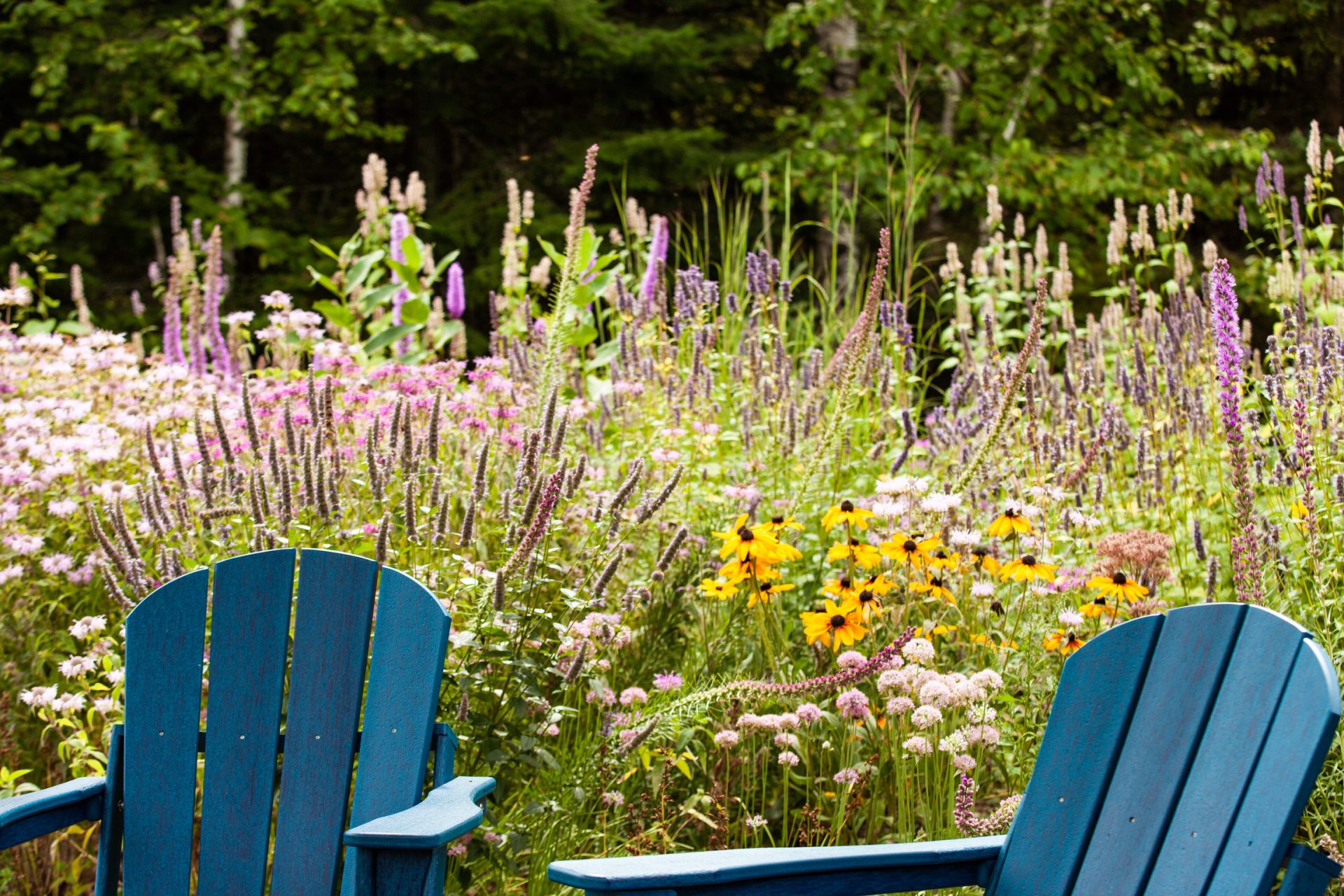Guidance from Minnesota Growers to Transform Your Yard or Garden
Starting a new planting project can feel overwhelming, especially when it comes to choosing the right plants. Adding native plants is an easy and rewarding way to transform your outdoor space with Minnesota’s natural beauty – plus, they’re easy to maintain and support pollinators!
To help you get started with confidence, we spoke with four Minnesota Grown native plant growers who are passionate about guiding people through the process and providing them with high-quality, locally-grown native plants to get started. From preparing the space to choosing and caring for native plants, the experts shared their advice to simplify every step. With their insights, we put together 11 tips to help you get started, no matter your level of experience.
Meet the Experts
Dan Schutte from Shoreview Natives – Two Harbors, MN
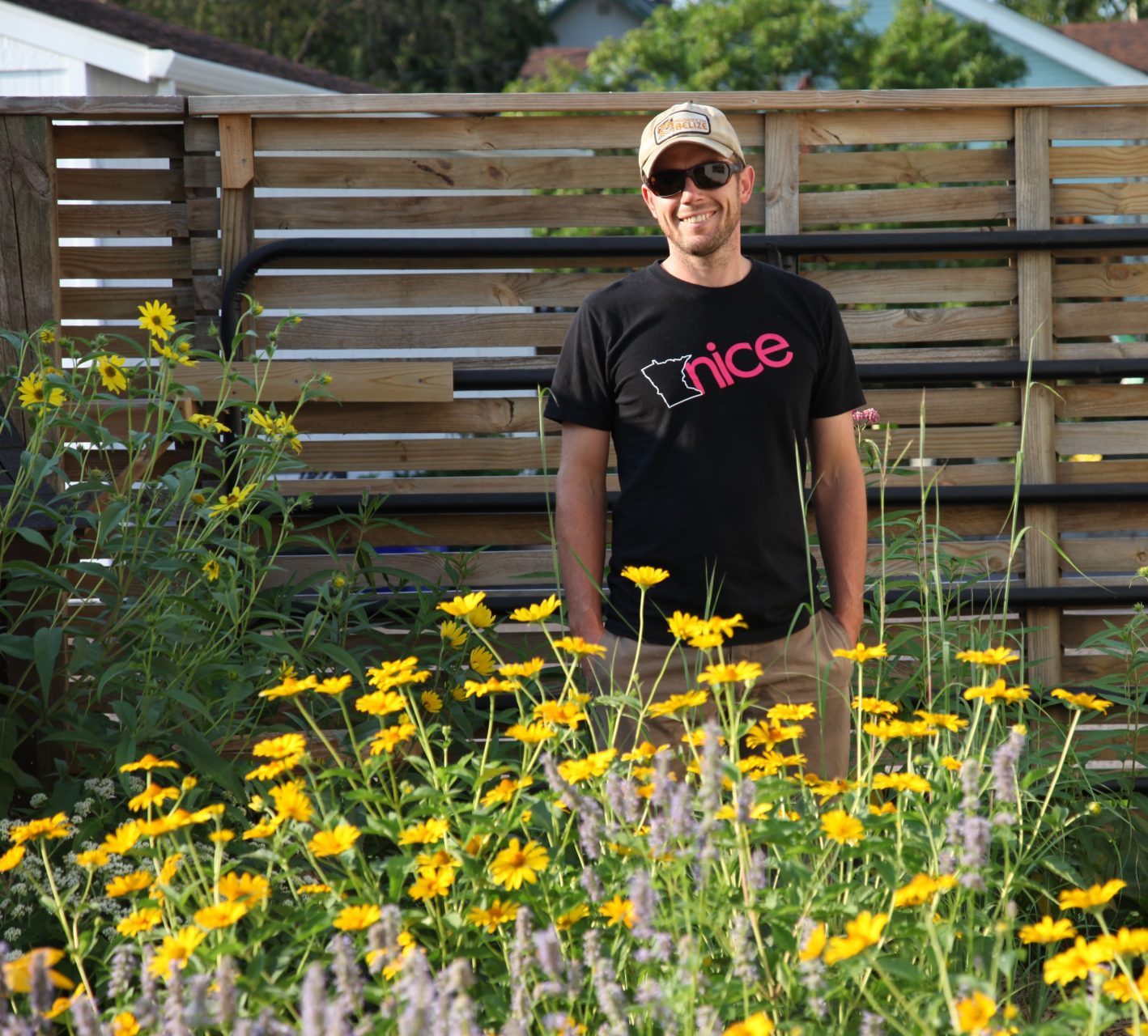
Dan is the owner of Shoreview Natives and brings over a decade of hands-on experience in growing and caring for native plants. His passion for native plants grew out of his work as a environmental educator, where he taught K-6 students in the school garden. Over the past five years, he’s built Shoreview Natives into an expert resource for property owners looking to integrate native plants into their outdoor spaces.
Dawn Christensen from Prairie Restorations – Princeton, Scandia, & Esko, MN
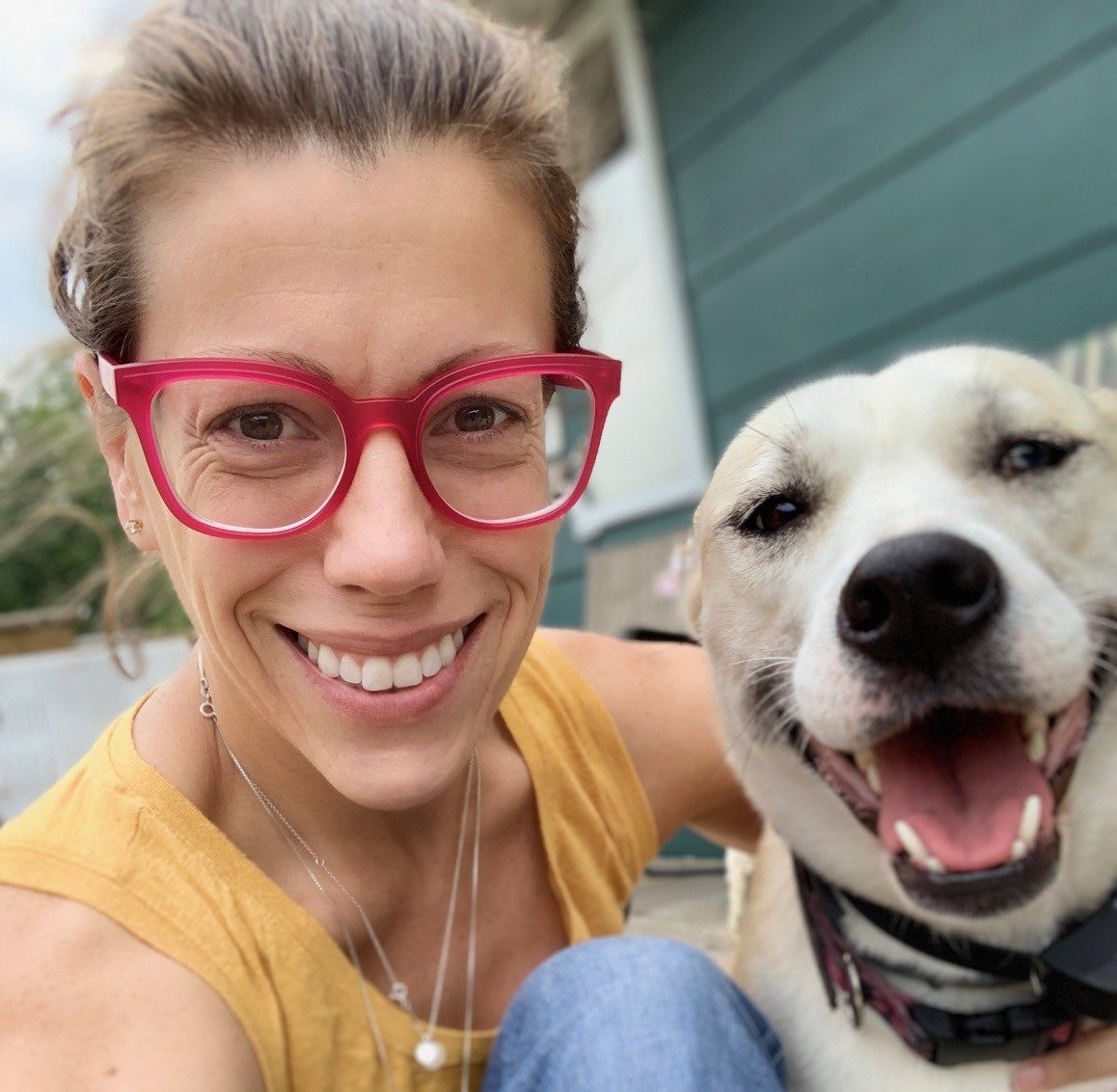
Dawn is the Vice President of Retail and Marketing at Prairie Restorations. For over 40 years, Prairie Restorations has been driven by a love for Minnesota's natural landscapes. What started as a passion for prairies has blossomed into a full-fledged commitment to restoring landscapes across the state—from wetlands to woodlands, shorelines, and solar fields. Dawn is enthusiastic about sharing the ecological benefits and beauty of native plants, and she encourages beginners to enjoy every aspect of their native gardens – no matter how big or small.
Gene Stark from Glacial Ridge Growers – Glenwood, MN
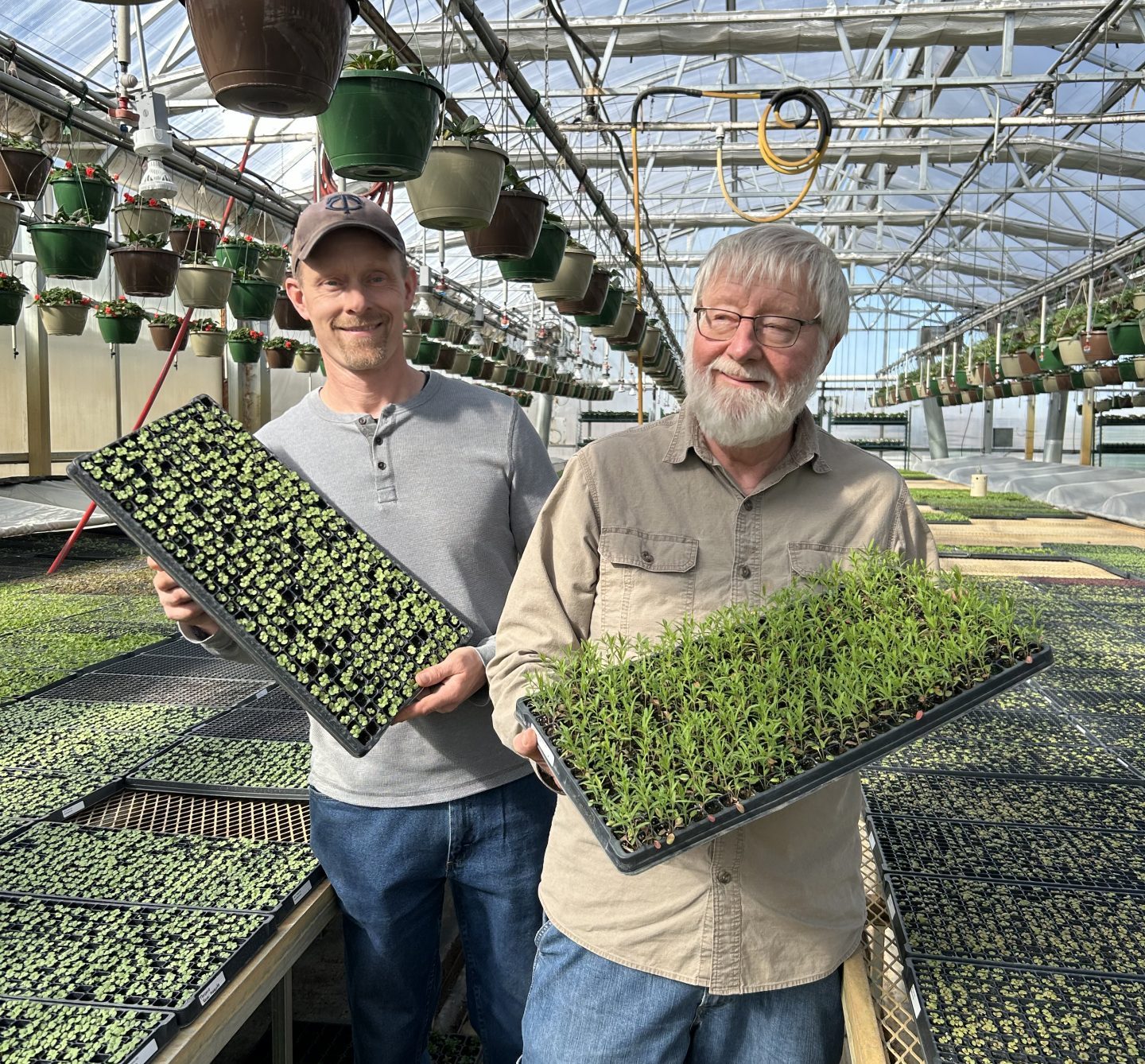
As the owner of Glacial Ridge Growers, Gene decided to focus his business on growing native plants after recognizing the incredible beauty and essential role native plants play in our environment. With over 25 years of experience, he’s drawn to the diversity of Minnesota’s native plants. He loves showing beginners how easy it can be to start adding native plants to their properties and providing them with quality plant starts to get going.
Jill Danielson from BluPrairie Native Plant Nursery – Watertown, MN
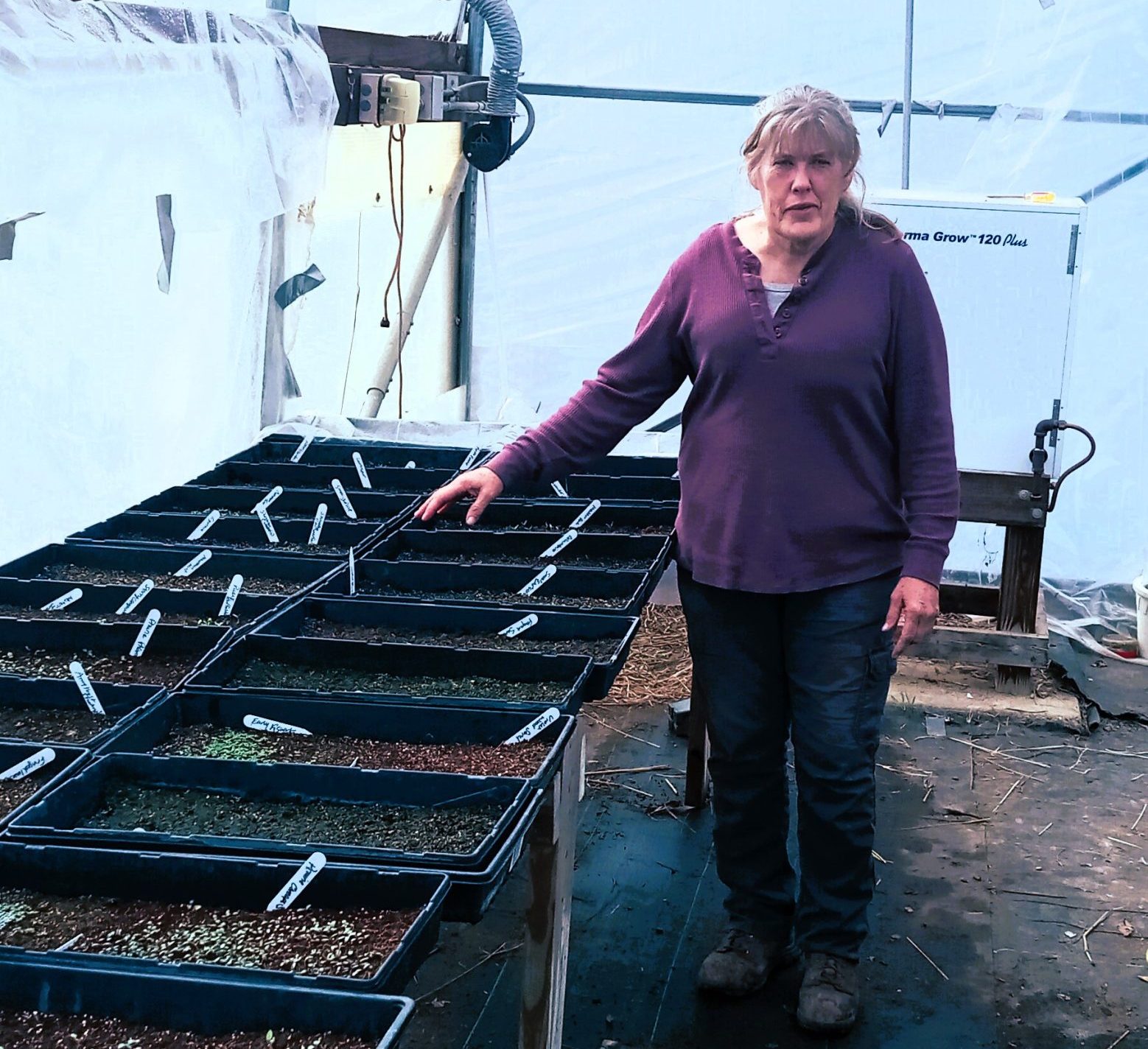
Jill opened BluPrairie Native Plant Nursery in the early 2000s. They take the importance of native restoration seriously by providing customers with quality native plants and expertise to assist with your home garden, landscaping, lakeshore, prairie, or woodlands restoration project. Jill enjoys hand-collecting wild seeds and nurturing them into plants and loves working one-on-one with her customers to guide them through every step of the process.
Why Choose Native Plants?
They’re uniquely Minnesotan and uniquely beautiful
Native plants are naturally occurring plants that have evolved in an area over thousands of years.
They weren’t brought in by people and have always been a part of the local landscape, developing a strong relationship with other native wildlife and plants.
If you’ve ever spent time in Minnesota’s prairies or forests, you already know how special our native plants are. Their unique shapes, hues, and patterns make them a stunning part of the landscape.
“If you just go in a prairie, you’ve got the sound of the wind rustling the grass and the beauty of the flowers,” Jill shares. Native plants can bring that same remarkable experience to your own backyard.
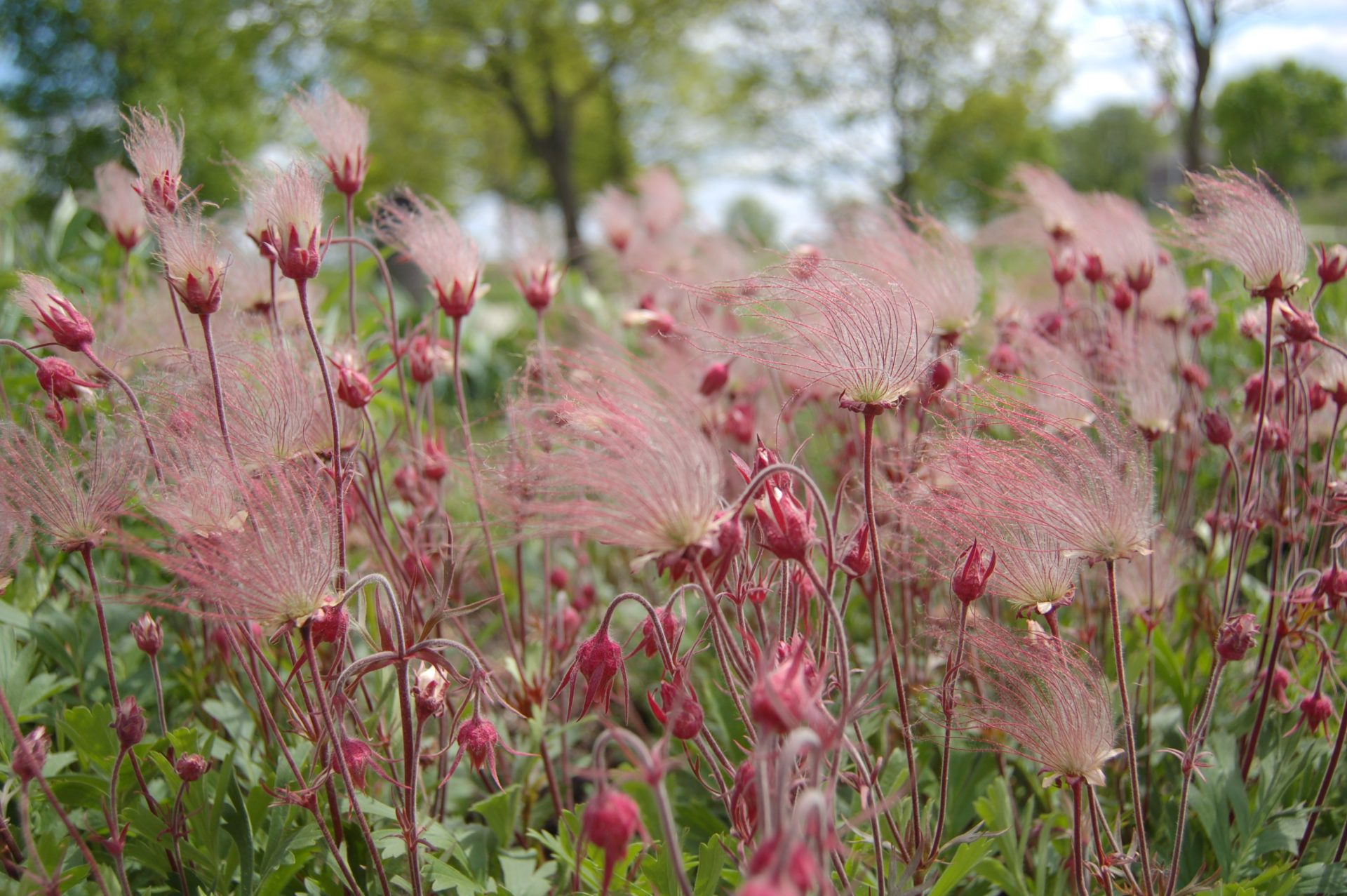
Plant Recommendation
Gene loves the prairie smoke plant (Geum triflorum) for its fascinating flowers that bloom in the early spring.
They’re easy to grow and maintain
Because native plants are adapted to Minnesota’s unique environments and weather, they have an easier time growing and thriving here.
Our seasons can be harsh, from freezing winters to sweltering summers, but our native plants have evolved to handle it all! “They’re pretty tough…there’s a native plant that will grow just about anywhere in Minnesota,” Gene says.
They also require less watering, fertilizing, and mowing than non-native plants, and naturally resist weeds, making for hassle-free yard or garden maintenance!
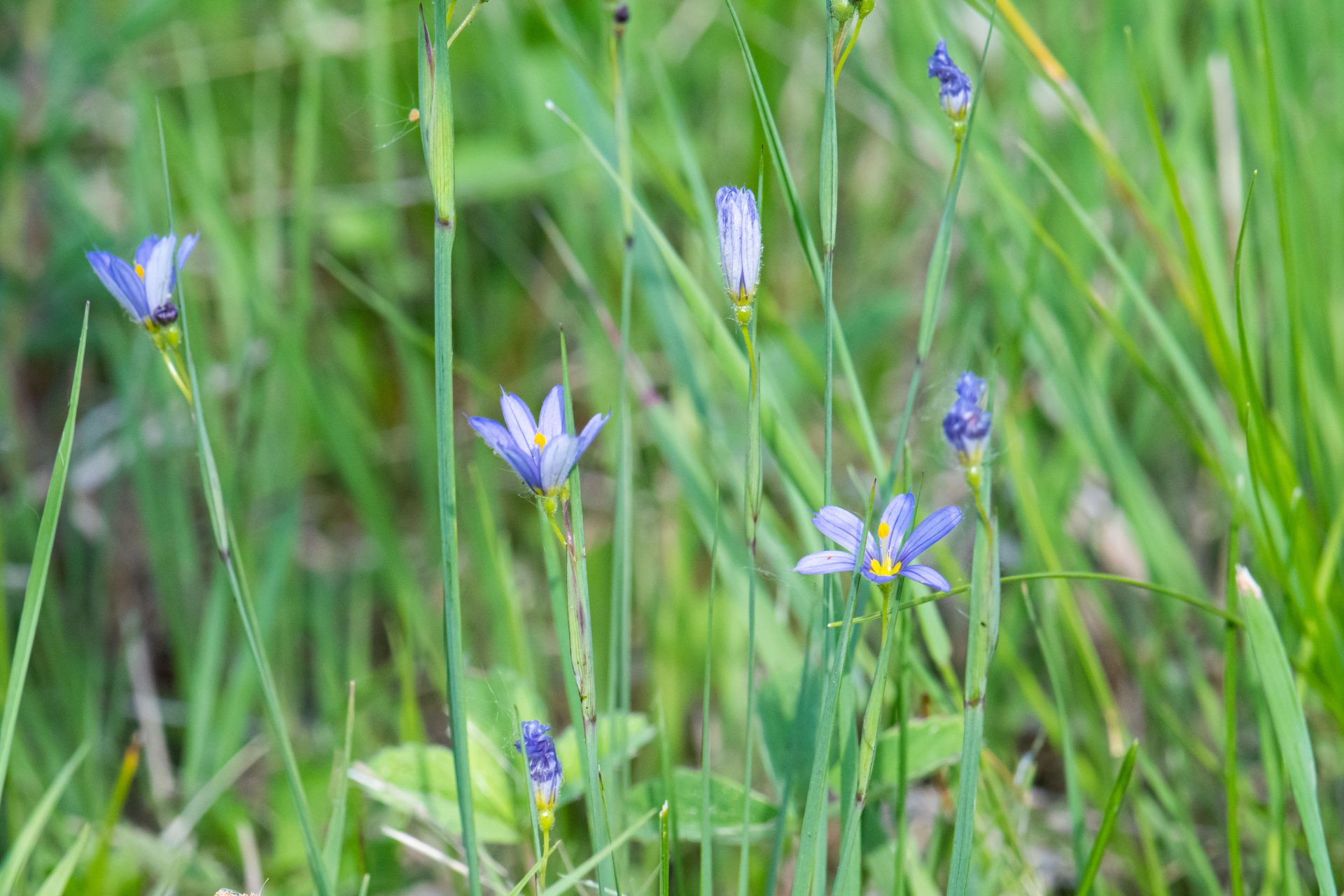
Plant Recommendation
Gene recommends prairie blue-eyed grass (Sisyrinchium campestr) for groundcover. It's short, low-maintenance, and blooms small, blue flowers in the spring.
They support pollinators and wildlife
Native plants are central to healthy ecosystems. They provide food and shelter that pollinators, wildlife, and other plants depend on. Native plants will support pollinator populations and draw a wide range of species to your garden – birds, butterflies, bees, and more – including some you may have never seen before.
11 Simple Tips for Adding Native Plants to Your Yard or Garden
Getting Started: Choosing & Preparing Your Space
Tip 1: Pick a planting spot you’ll see every day for maximum enjoyment
As you search for the best place to add native plants, scope out a spot you can appreciate regularly from inside your home.
Think about the rooms you spend time in every day – maybe you sip your morning coffee in the kitchen or unwind with a book in the living room. Choosing a spot visible through the windows lets you watch your native plants grow and change with the seasons.
“All winter, my birds were nibbling seeds in my wildflower garden. It was so rewarding to see them out there, just munching away,” Dawn shares.
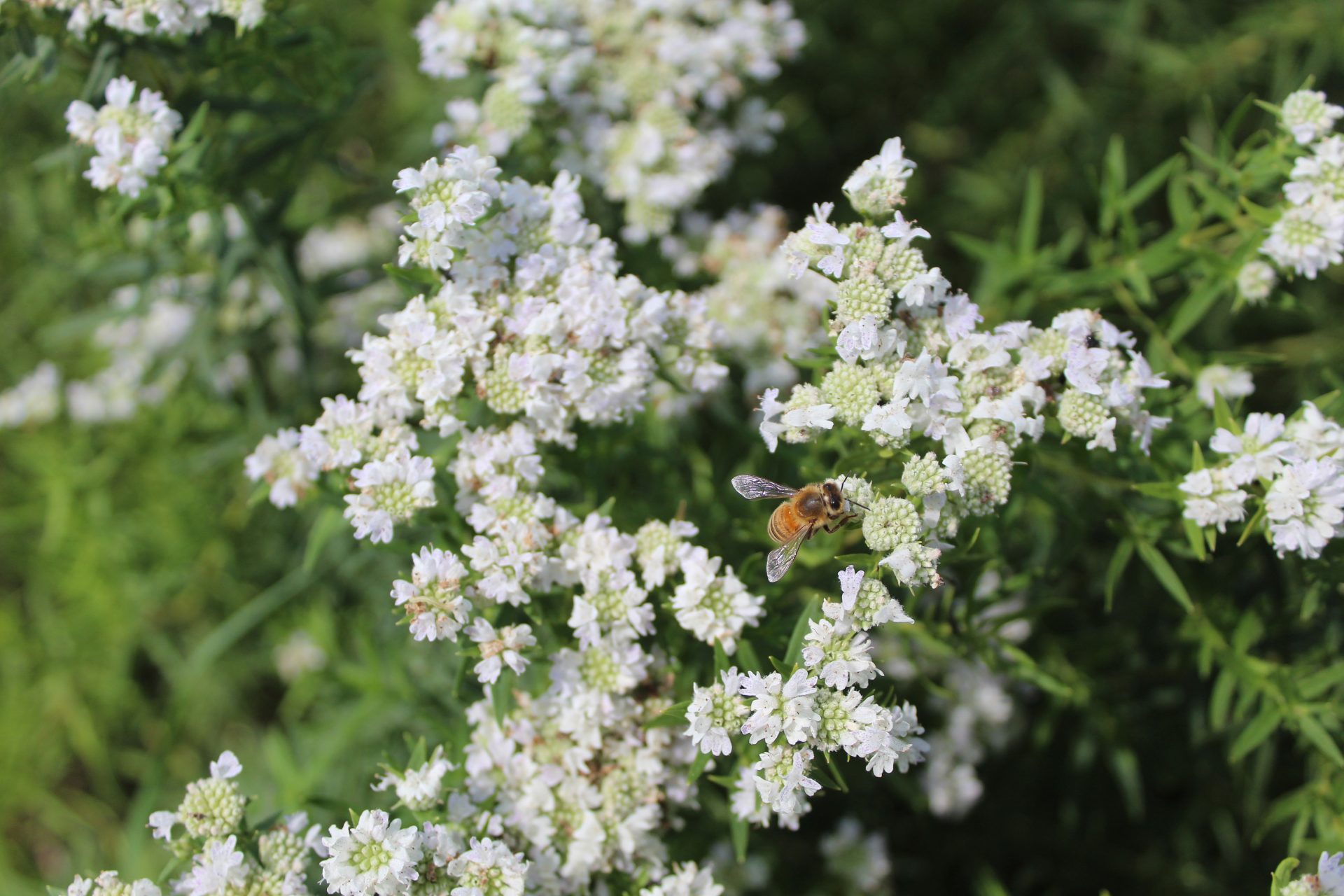
Plant Recommendation
Dan recommends the slender leaf mountain mint (Pycnanthemum tenuifolium) for the plethora of pollinators they attract.
Tip 2: Clear out weeds and grass by laying down tarps or cardboard
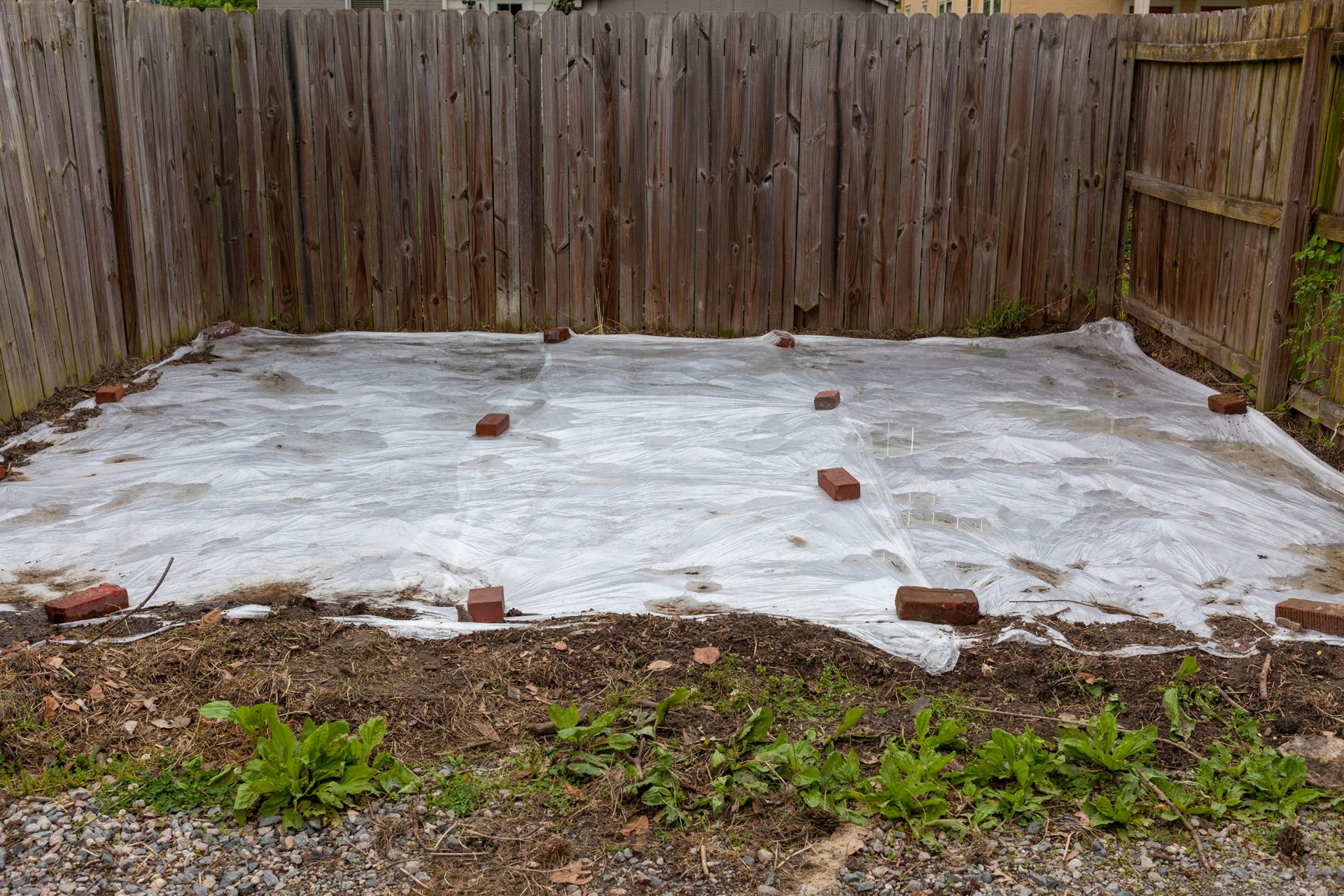
If you’re not adding your new plants to an existing garden bed, your planting spot may need some prep before you bring home your plant plugs. Fortunately, converting a new site doesn’t have to be complicated. One of the simplest methods recommended by experts is smothering weeds and grass by covering your site with plastic tarps or cardboard for a few months. Dead vegetation can then be removed but avoid tilling – turning the soil can bring up more weeds.

Plant Recommendation
Dawn recommends using wild strawberry plants (Fragaria virginianaas) as a living mulch to keep weeds at bay – plus, they’re delicious!
Tip 3: Lean on local native plant growers as you plan and prepare
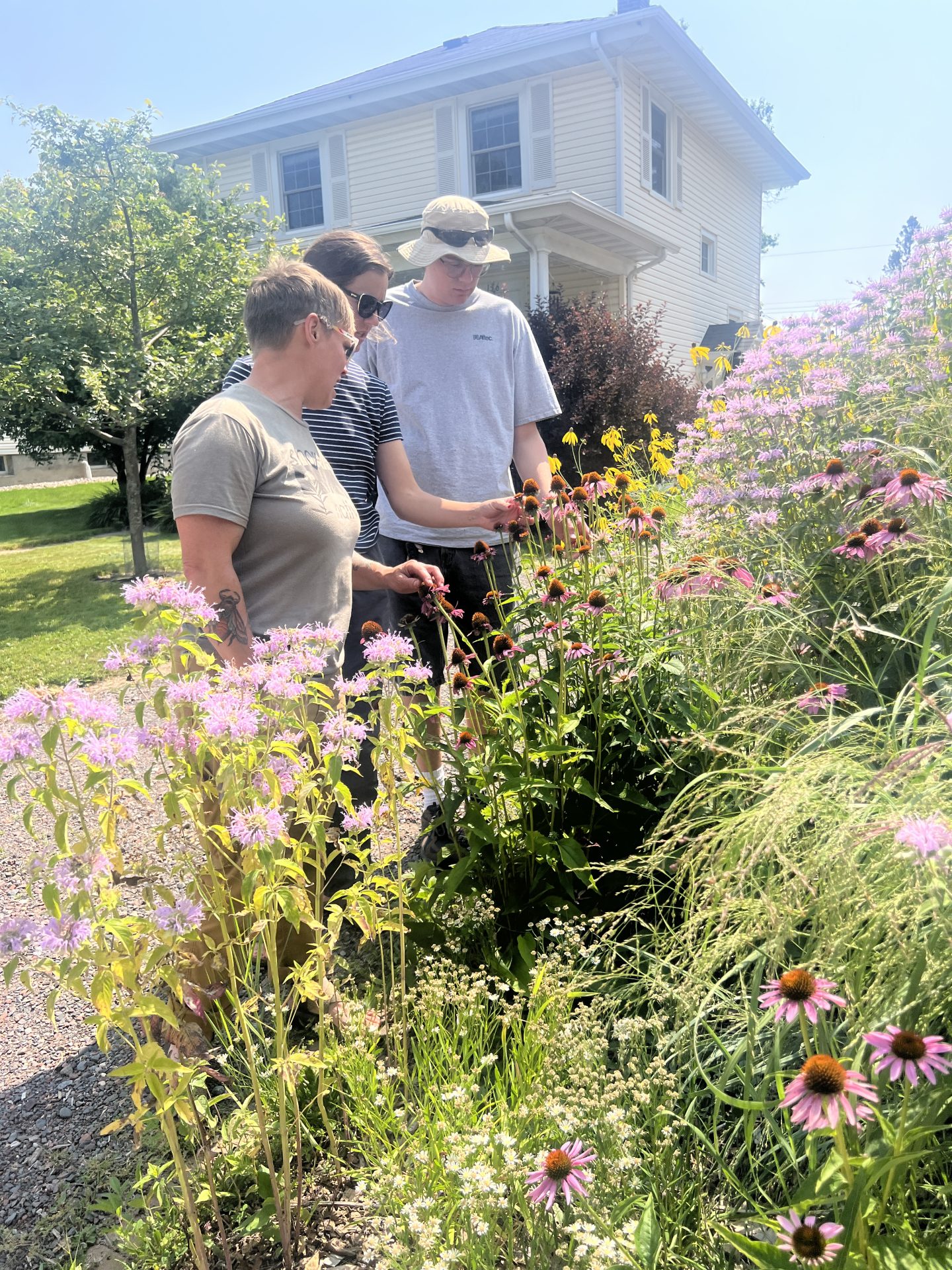
As you gear up for planting, the best way to move forward with confidence is to connect with a native plant expert in your growing region, even in just a phone call. And don’t be afraid to ask as many questions as you need, Dan encourages.
“It’s not inconvenient. This is what we do, field questions and help people.” he says, “Wherever you’re at in the process, we will help you take the next step.”
It’s important to consider the specific conditions of your site because each plant has its own growth preferences. The easiest way to figure out what will work best for your property is to visit a local native plant grower. Not only do they have the knowledge to guide you, they’re also familiar with the growing region and passionate about helping people find the right native plants for their needs. Dan recommends knowing generally the type of soil you have (e.g. sandy, clay, wet, dry) and bringing in pictures of your site. “We can use them to interpret and make better recommendations,” he says.
Use the native plants page of the Minnesota Grown directory to find native plant growers around the state ready to guide you.
Picking the Right Native Plants for You
Tip 4: Decide what you want most from your plants
With so many benefits native plants offer, a simple way to narrow down your choices is to decide what matters most to you.
Do you want plants that bloom in your favorite color? Low-maintenance plants for your walkway? Tall plants for privacy? Plants that draw in pollinators?
Once you have an idea, visit a local nursery specializing in native plants for more help nailing down the best plants for your goals.
Once these aspects are figured out, making the final decision gets a lot easier. “I look for what they’re looking for, like color and what their goals are,” Jill says about how she supports her customers with plant selection. “Once we pick out the plants, I’ll share how to get them established. Then I’ll just say, you know, have fun with it!”

Tip 5: Start small and be patient – native plants take time to establish
Starting a new planting project can be overwhelming, but it’s helpful to begin with just one or a few plants to get the hang of things – you can always add more!
“If you’re intimidated or overwhelmed, start with a small step,” Dan advises. “Just get two or three plants in the ground.”
Starting small can still be so rewarding! If you love flowers, Dan recommends picking three plants, each blooming in a different season. That way, as long as the weather is warm enough, you’ll always have something flowering in your yard.
Once you get a few plants in the ground, remember to be patient as they grow. “A lot of natives can take several years until they reach their maturity stage,” Dawn explains.
Tip 6: Begin with plant starts (a.k.a. plugs) rather than seeding
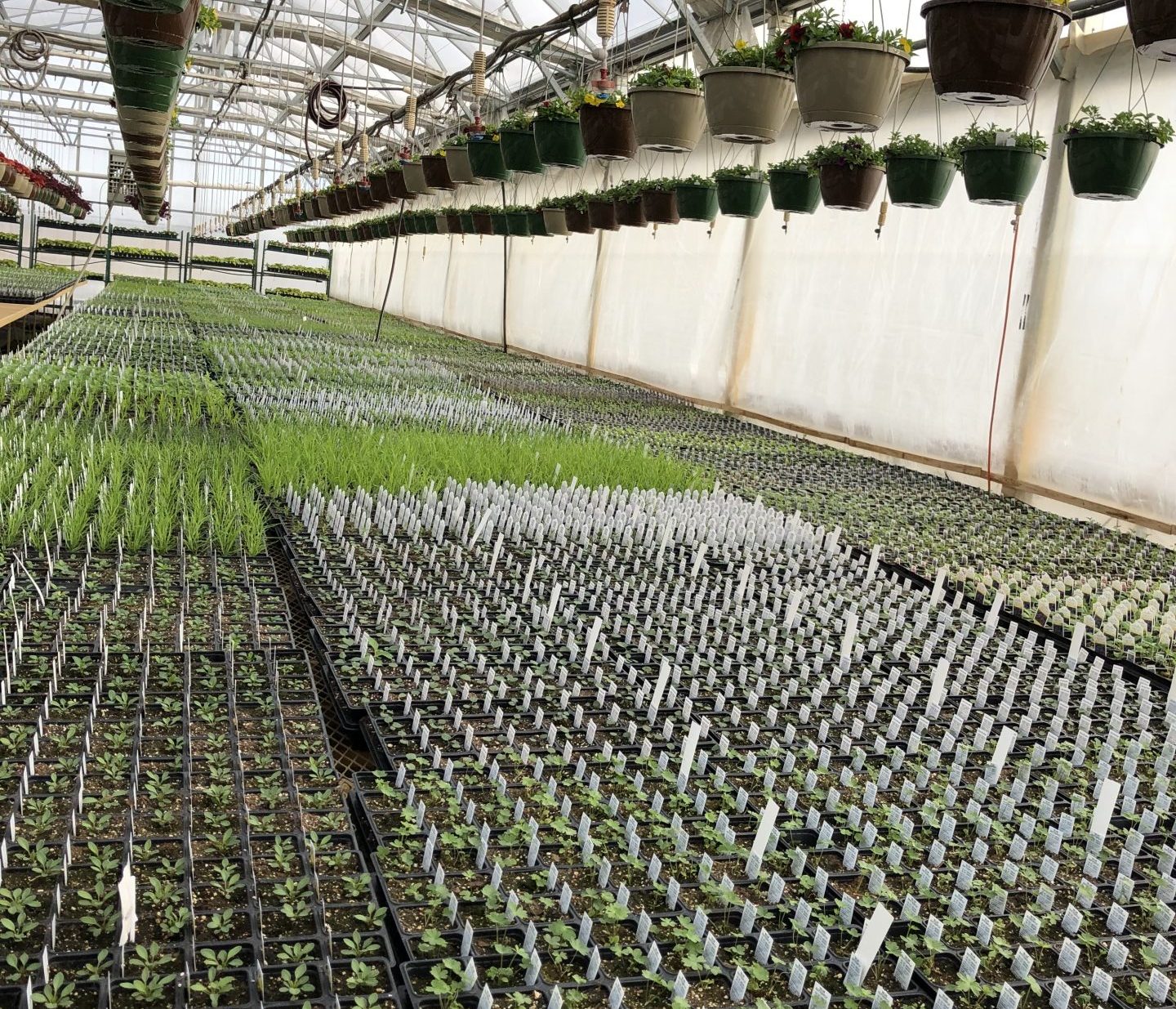
Plant plugs, meant for direct planting in your garden, are a great choice for getting your plants established quickly. Using transplants grown by an experienced local grower saves time and reduces the chance of weeds overtaking your planting space.
“People have way better success, especially at the beginning, if they use transplants rather than seeding an area,” Gene says. “If you don’t know what those little native seedlings look like, you won’t know what to do out there to control the weeds.”
Tip 7: Buy Minnesota Grown plants, grown as close by as possible
It’s important to buy plants grown as locally as possible. “Imported” native plants, even if they’re technically a native plant species in Minnesota, might not be adapted to your area, making them harder to keep alive. Dawn explains why buying a butterfly weed from a big box store to attract monarch butterflies might not be successful:
“That butterfly weed…could have been grown in Texas,” she says. “It could be a cultivated variety that…might not even attract the monarch that you’re looking to attract in the first place.”
Many native plant growers harvest seeds from wild native plants close by and/or source them from local seed collectors to grow their plants. They then use seeds from their own plants to grow new ones each year, ensuring that their plants are truly native to the region.
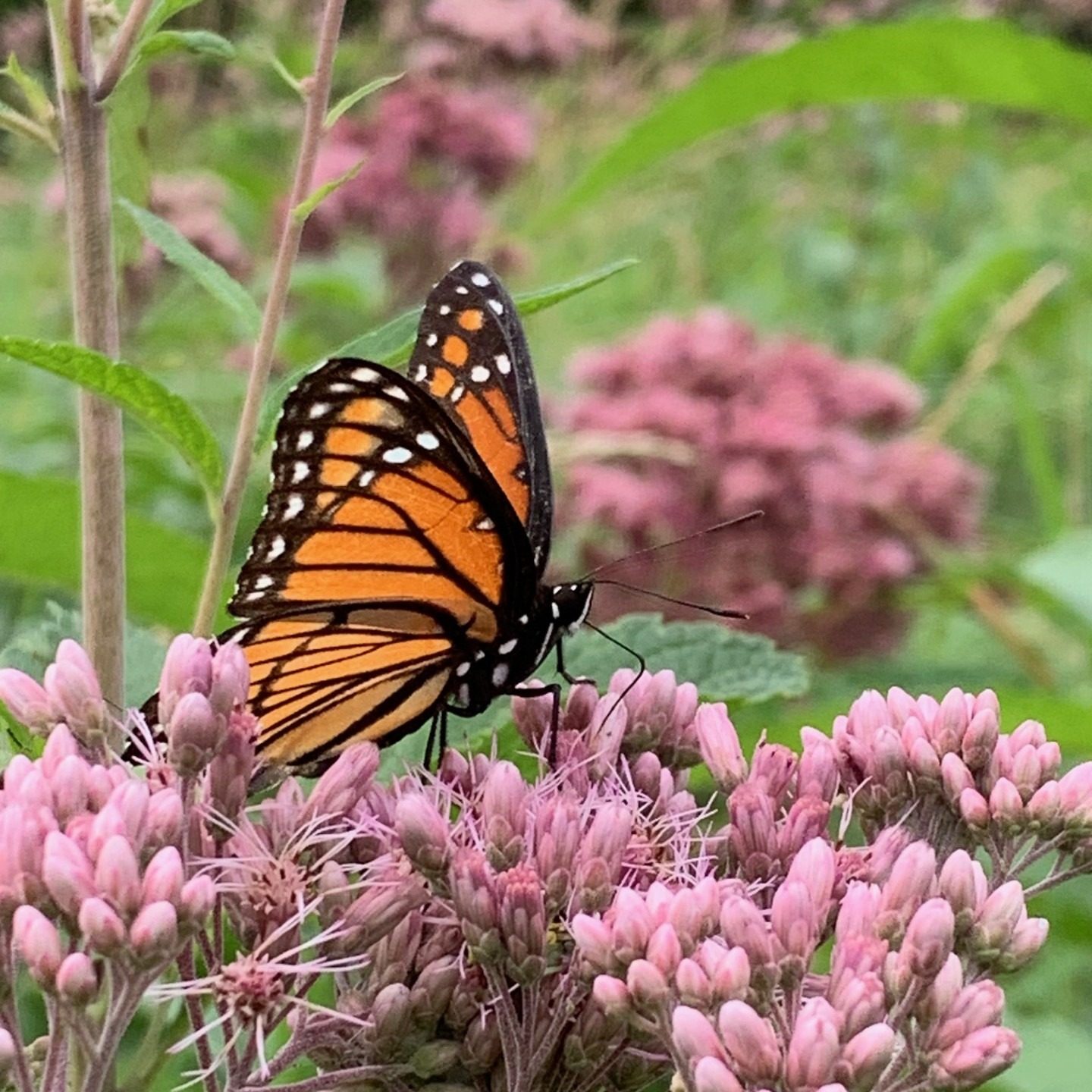
Plant Recommendation
Dawn recommends the common milkweed (Asclepias syriaca) for how easy it is to grow and its ability to attract monarchs – great for catching the monarch migration every fall.
Tip 8: Start with what you love
Chances are, if you’ve spent time outdoors in Minnesota, there’s already a native plant you love – and caring for a plant you already love will keep you motivated to continue. Native plant growers are passionate about helping people reconnect with Minnesota’s natural beauty.
“I remember when I was a child, I would go in the woods…and pick the columbines and suck the honey out of those little receptacles under the flowers,” Jill shares. “That experience is something that I strongly believe in sharing with people.”
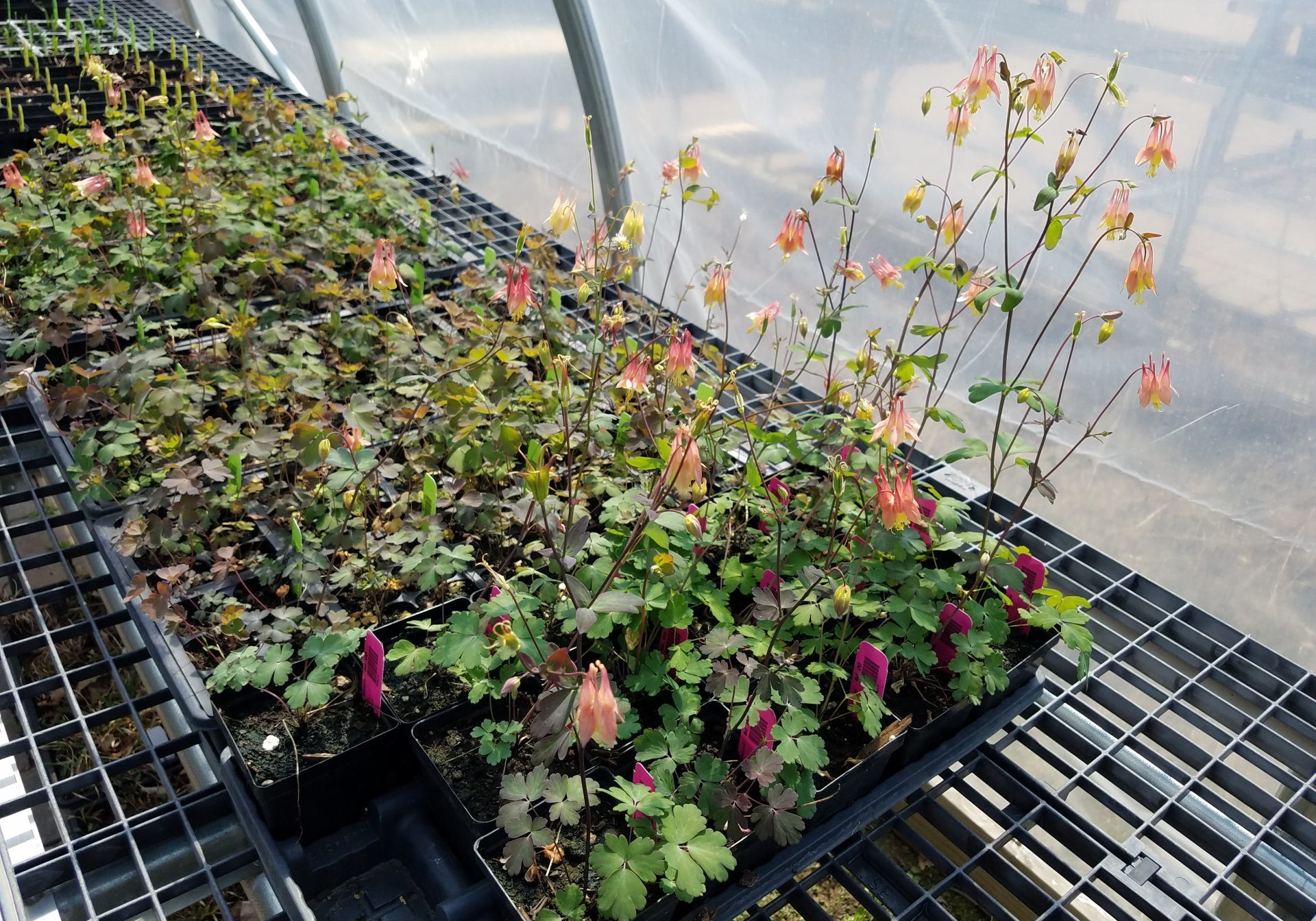
Plant Recommendation
Jill loves wild columbines (Aquilegia canadensis) for their unique flowers and delicious nectar that draws in pollinators.
Planting and Care
Tip 9: Extend your planting window – native plants can be planted through the fall
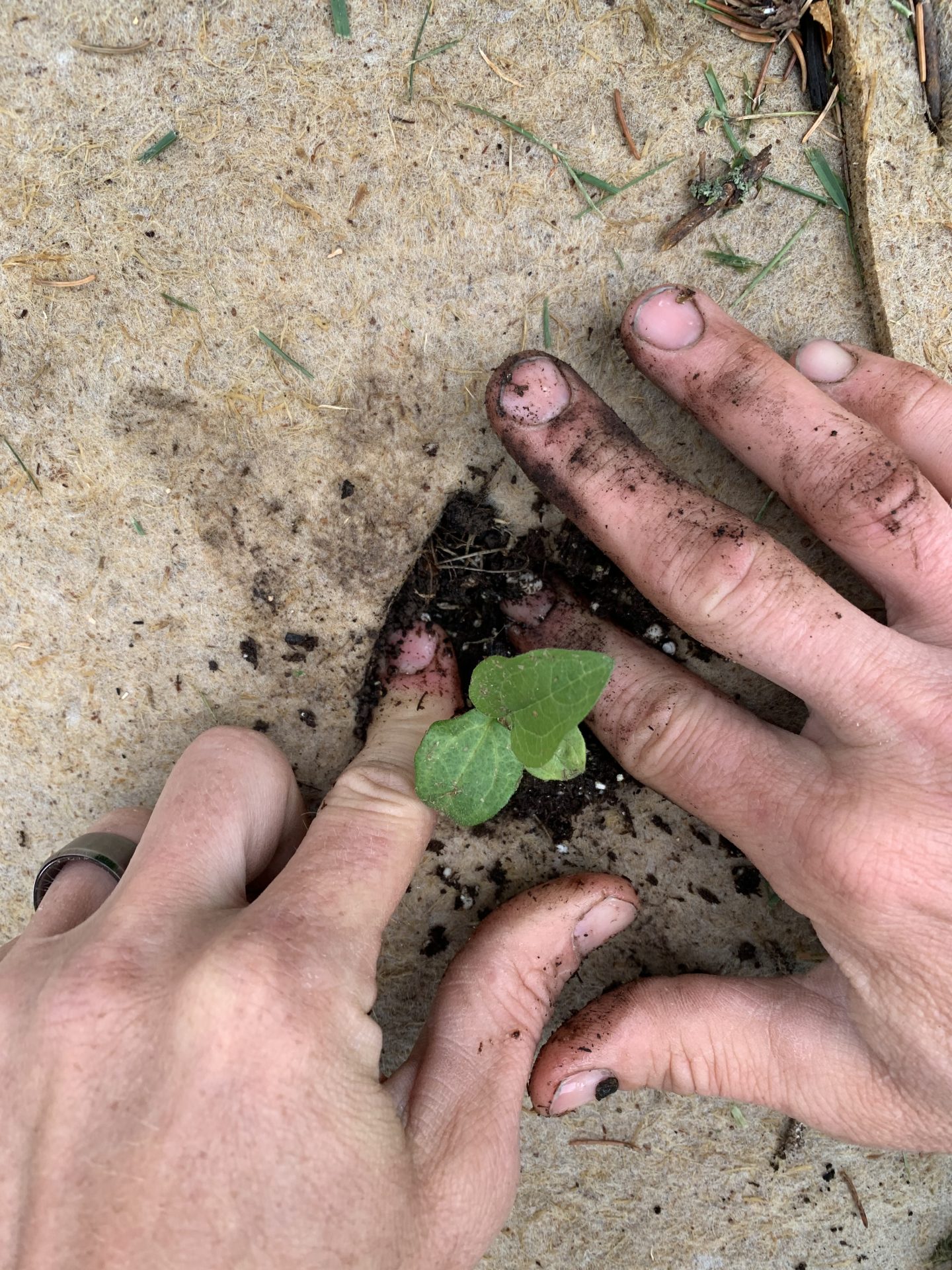
One of the great things about native plants is how adaptable they are to Minnesota’s climate. Unlike other plants, they don’t have a strict planting window and aren’t finnicky about temperature fluctuations.
“People plant all summer long, and fall is a good time as well,” Gene says. “They can be planted…up to early October.”
As long as the ground isn’t frozen and the soil is workable, native plants can still grow, giving you the flexibility to plant when it works best for you.
Tip 10: Weed regularly and protect young plants from wildlife but give them space to grow on their own
In the early stages, managing weeds and protecting your plants from wildlife is key to helping them establish. There are many things competing with your young plant – it needs your help to survive!
While they do require maintenance, Dan emphasizes that native plants thrive with little effort.
“Do your due diligence of weeding every year and keep the deer off,” he says. “Then just let ‘em rip…they’re pretty hands-off.”
What’s the best way to weed? You might be happy to hear that it doesn’t include the risk of straining your back!
“It’s good to just clip the weeds off instead of pull them out,” Dawn says. “That way you’re not…chancing growing more weeds.”
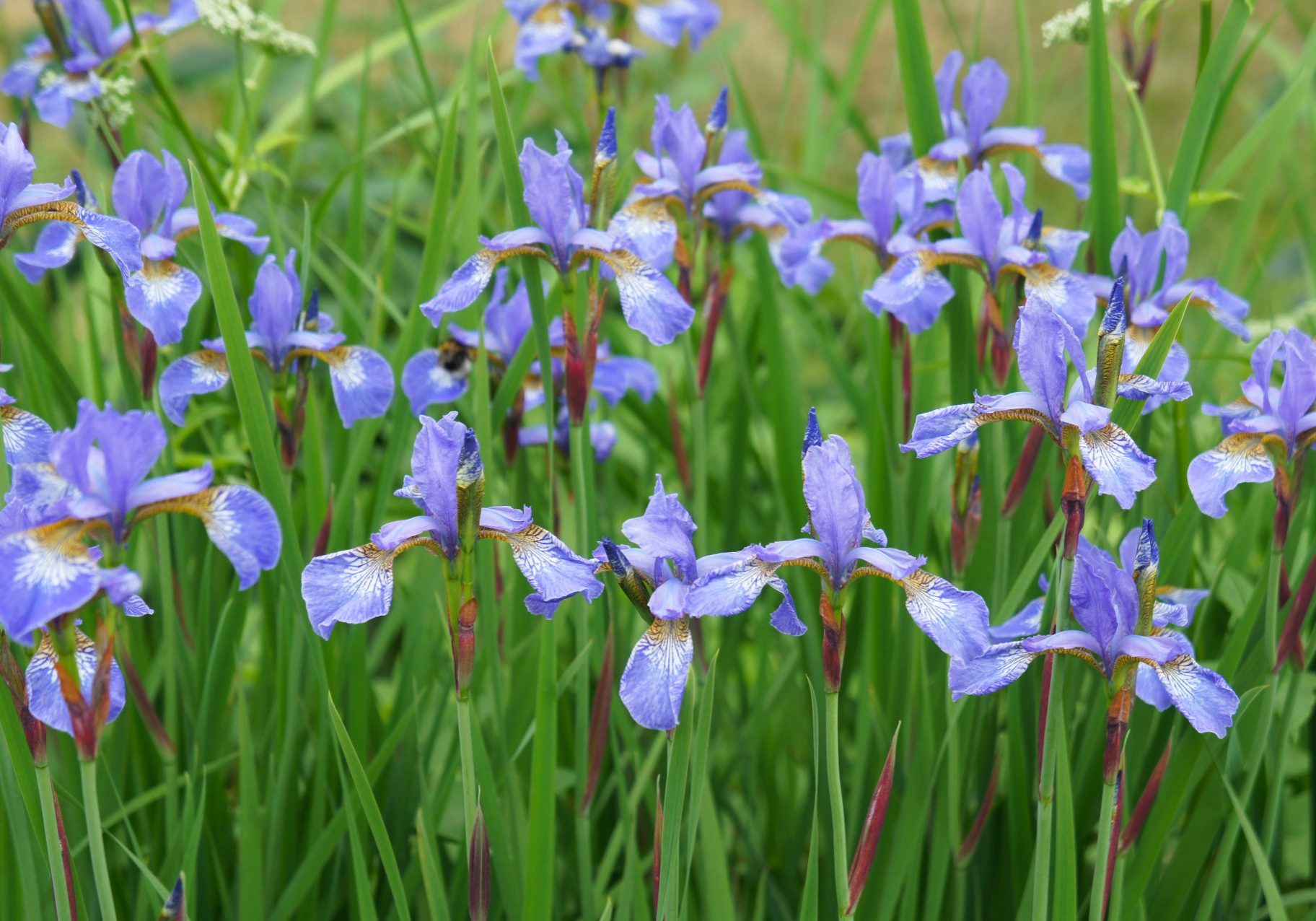
Plant Recommendation
Dan recommends the blue flag iris (Iris versicolor) for its resistance to deer.
Tip 11: Don’t forget to appreciate the beauty of native plants
We’ve covered plenty of native plant benefits, but one of the most rewarding is the joy they bring when you see them day-to-day.
“I have people come back and say, ‘Oh, I had this butterfly visit. I’ve had this bumblebee visit. I had a hummingbird visit,’” Jill shares. The best way to appreciate your plants is to simply spend time with them.
“Get down on the ground with your plants,” Dawn encourages. “Once you’re down on their level, the things that you’re going to find...are just going to astound you.”
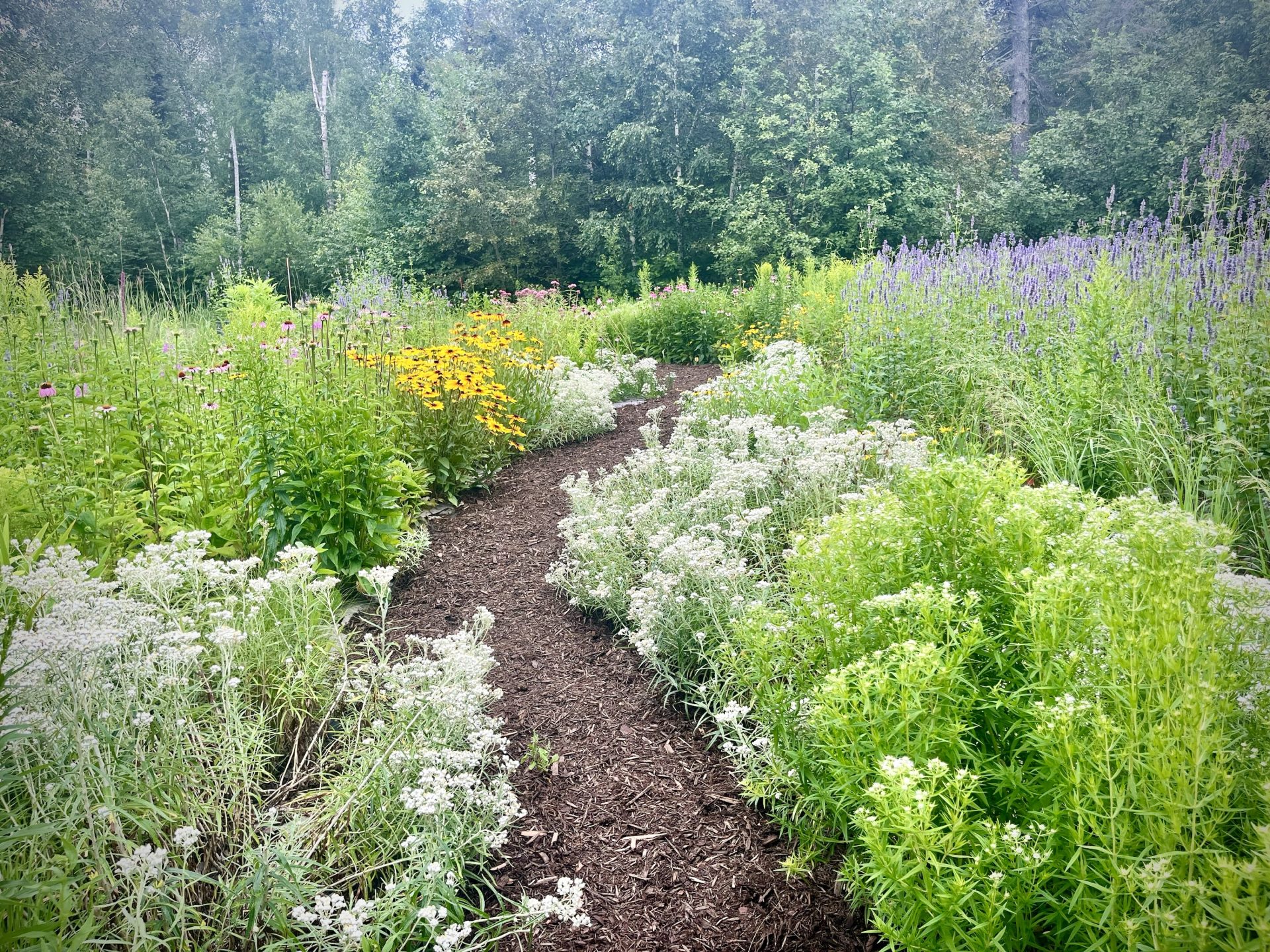
Get a Jumpstart on Planting!
Adding Minnesota Grown native plants to your yard or garden sets the stage for a beautiful, low-maintenance space that supports pollinators and wildlife. Whether you’re choosing your first plant or transforming an entire area, local native plant experts not only have the tools and knowledge you need to get started but are also excited to help you!
Ready to take the next step? Find native plant growers near you on the Minnesota Grown directory.
